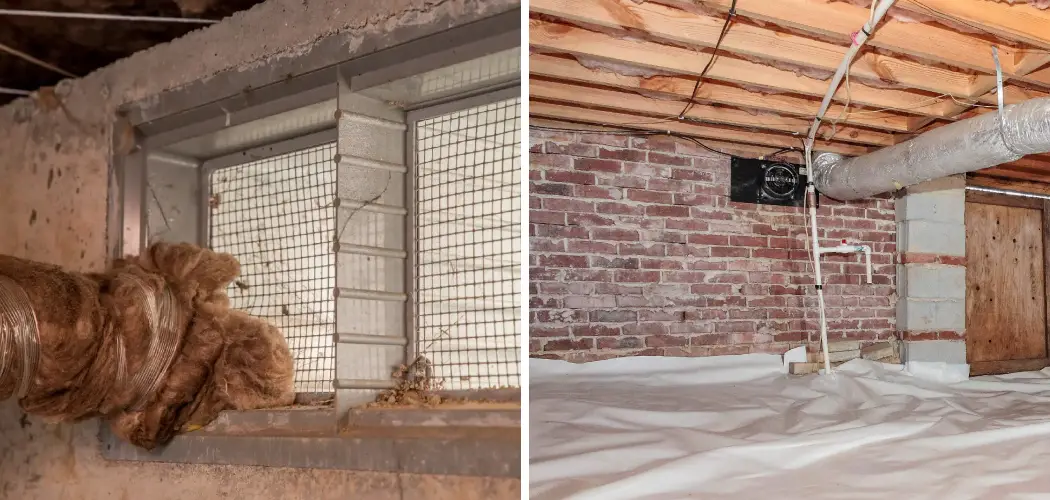Are you dealing with a musty, moldy crawl space under your home? If so, then you may need to consider ventilating it. Not only can the extra moisture contribute to indoor air pollution and reduce airflow in your house, but if left untreated, it could also lead to costly water damage down the line.
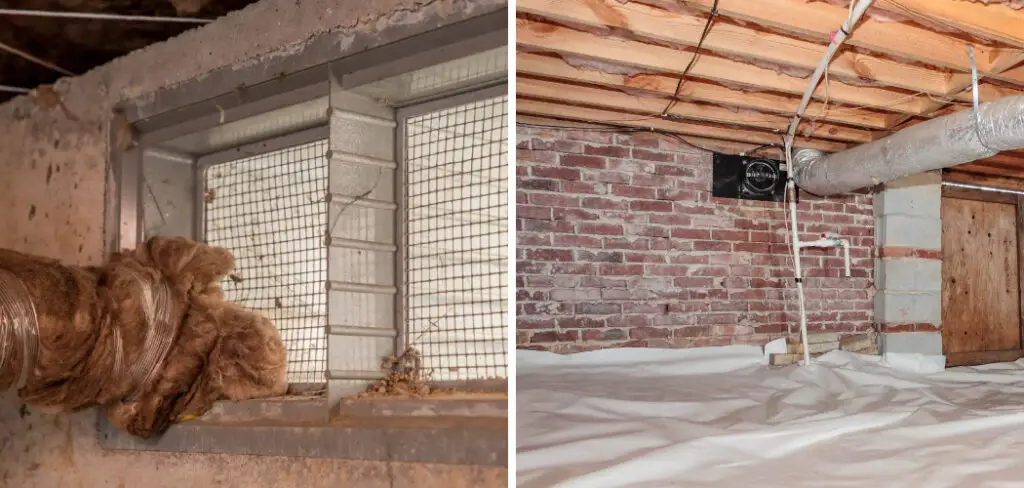
In this post, we’ll cover all the reasons why you should ventilate your crawl space—from reducing allergens and pests in your home to improving energy efficiency throughout. Plus, we’ll provide step-by-step instructions on how to ventilate a crawl space under a house by yourself or when seeking professional assistance is warranted. So whether you’re familiar with small-scale DIY remodeling projects or are looking for guidance on something new—you’ve come to the right place!
Do You Need Ventilation in a Crawl Space?
Yes, you need to ventilate a crawl space to ensure that it remains dry and free of moisture. Moisture buildup can lead to mold growth and rot, which can be harmful to both your health and the structural integrity of your home.
Ventilation helps to keep air circulating in the area, thus preventing any moisture from accumulating inside the crawl space. It can also help to improve the overall air quality in your home. Properly ventilating a crawl space is essential for maintaining a safe and healthy environment.
When deciding how much ventilation is necessary, consider the size of the area, as well as its location. If you live in an area that has higher levels of humidity, then you may need more ventilation than if you were in a drier climate. Additionally, it’s important to make sure that any vents placed in the crawl space are properly sealed so that they don’t allow outside air into the area.
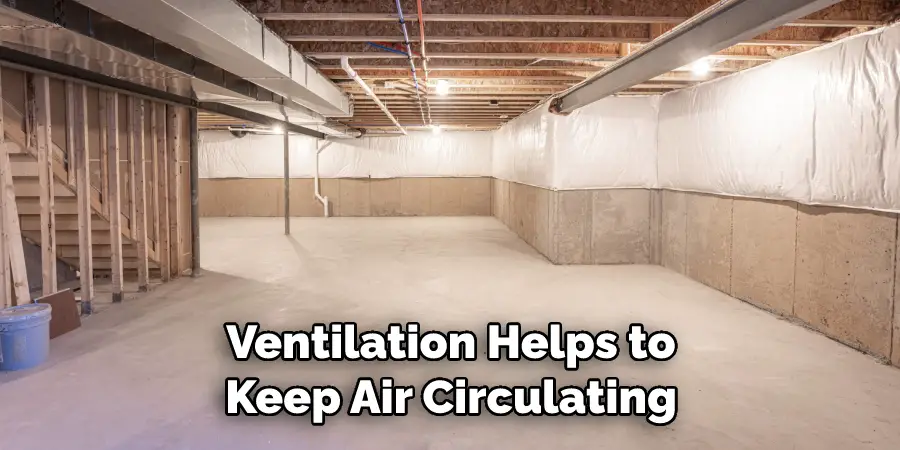
For best results, install both intake and exhaust vents on opposite sides of the house to ensure adequate airflow throughout the entire crawl space. Intake vents should be placed at the lowest point of the crawl space, while exhaust vents should be located near the roofline.
Make sure that these vents are spacious enough to allow for air circulation yet small enough to keep out pests and debris. It’s also important to make sure that any attic fans or ventilation systems in your home are not connected to the crawl space, as this can cause dampness.
Finally, check your crawl space periodically for signs of moisture and mold growth so you can address any issues quickly before they become a problem. With proper ventilation and maintenance, you can ensure that your crawl space remains dry and free from health hazards.
9 Methods on How to Ventilate a Crawl Space under a House
1. Crawl Space Ventilation Fans
Crawl space ventilation fans are a great way to ventilate a crawl space under a house. These fans are designed to draw air out of the crawl space and circulate it back into the home. Crawl space ventilation fans are relatively inexpensive and easy to install. They can be mounted to the wall of the crawl space or on the floor.
They come in a range of sizes and power levels, so you can choose the one best suited for your needs. While these fans are great for ventilation, they can also be used to reduce moisture in the crawl space. This is especially important if you have a damp or moldy crawl space.
2. Crawl Space Vents
Crawl space vents are another effective way to ventilate a crawl space under a house. These vents are typically made from plastic and come in various sizes. The vent should be placed near the soil line to allow for airflow. Make sure that you block off any other openings in the crawl space to prevent air from entering or leaving, as this will reduce ventilation effectiveness.
Additionally, make sure that the vents are sealed and create a tight fit in order to keep out pests and other animals. However, you must remember to open and close the crawl space vents at different times of the year. In the summer, it is best to keep them open to allow for the release of hot air and in the winter, you should close them to retain warm air.
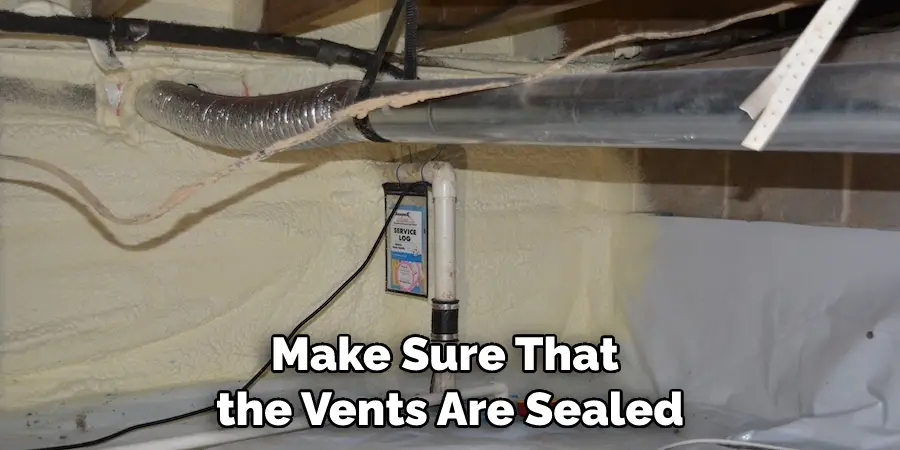
3. Crawl Space Encapsulation
Crawl space encapsulation is a process of sealing the crawl space so that it is airtight. This helps to keep moist air and moisture out, reducing the risk of condensation build-up and mold growth. Encapsulation also helps to reduce the risk of pests and insects entering the crawl space, as well as any hazardous gases or fumes.
Encapsulation is a great way to ensure that your home stays dry and free of any potential health hazards. If you’re considering installing a ventilation system in your crawl space, consider encapsulation first.
4. Install a Dehumidifier in the Crawl Space
Another way to ventilate a crawl space under a house is to install a dehumidifier in the crawl space. Dehumidifiers work by removing moisture from the air, which helps to keep the crawl space dry and free of mold and mildew. Dehumidifiers are available in a variety of sizes and can be purchased at most home improvement stores.
Dehumidifiers should be placed in areas of the crawl space that are not too close to any fuel-burning appliances or other sources of heat, as these can reduce the efficacy of the dehumidifier. The dehumidifier should also be placed on a level surface so that it can operate efficiently. Once the dehumidifier is installed, it should be regularly monitored and serviced to ensure that it is working properly.
5. Use an Air Conditioner in the Summer
If you live in an area with hot summers, you can use your air conditioner to help ventilate your crawl space. By running your air conditioner, you can lower the temperature in your crawl space, which will help to prevent moisture and mold from growing.
By lowering the temperature in your crawl space, you can also reduce humidity levels, which will help to keep pests away. Additionally, having an air conditioner running in the summer can help to prevent hot air from entering your crawl space and causing the temperature to rise. This will ensure that your crawl space stays cool and comfortable all summer long.
6. Use a Heater in the Winter
If you live in an area with cold winters, you can use your heater to help ventilate your crawl space. Since the air in your house is warmer than the surrounding air, it will naturally rise and escape through any vent openings. This helps draw in fresh, cold air from outside and push out the warm, stale air in your crawl space.
This can help keep mold and mildew at bay in areas where the weather is more humid. Make sure to change your air filters regularly, as dust and other particles can accumulate and block airflow. Additionally, you may want to consider installing exhaust fans to help draw out the warm air.
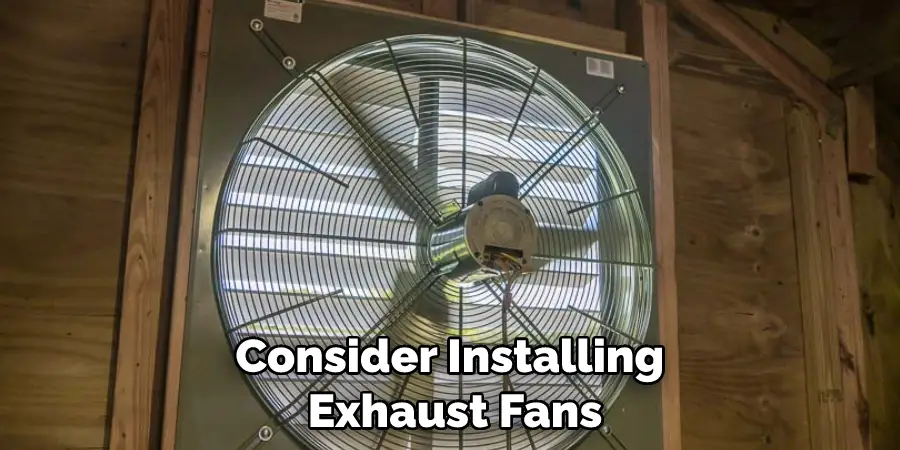
7. Insulate Your Home’s Foundation
One way to prevent moisture and mold from entering your crawl space is to insulate your home’s foundation. This will help to keep the ground around your foundation cooler, which will discourage moisture and mold from growing. You can purchase foundation insulation at most home improvement stores or online retailers. It is usually best to hire a professional to install the insulation, as it can be challenging to do correctly. Make sure that you seal all gaps and cracks in the insulation to ensure that moisture and mold don’t enter your crawl space.
8. Seal Any Leaks or Cracks in Your Home’s Foundation
If there are any leaks or cracks in your home’s foundation, it is important to seal them up to prevent moisture and mold from entering the crawl space. You can purchase a variety of sealants at most home improvement stores or online retailers. Make sure to carefully follow the instructions on the packaging when applying the sealant.
Additionally, if you have any vents or pipes that lead into the crawl space, make sure to seal them as well. This will help to ensure that no outside air is getting into the crawl space and negatively affecting the humidity levels. Once all the leaks and cracks are sealed up, you can move on to the next step in your ventilating process.
9. Check for Standing Water in the Crawl Space
It is important to check your crawl space periodically for signs of standing water. If you notice any standing water, it is important to address the issue as soon as possible, as standing water can lead to mold growth and other health hazards.
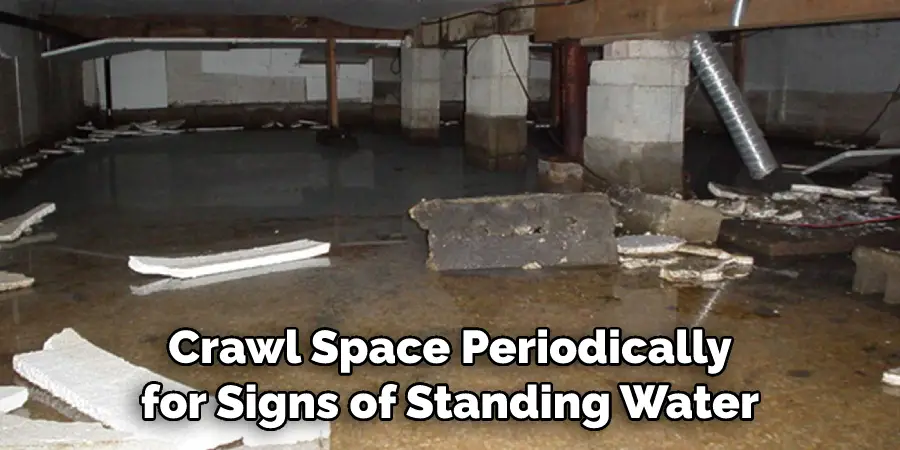
Conclusion
If your home has a crawl space, it’s important to ventilate it properly. By following the steps on how to ventilate a crawl space under a house in this blog post, you can ensure that your crawl space is well-ventilated and free of moisture.
This will help keep your home healthy and comfortable for years to come. Also, do not forget to regularly check for signs of standing water in your crawl space and address any issues as soon as possible. With the right ventilation, you can enjoy a safe and comfortable home.

